Ah! Job interviews — a classic recipe for nervousness. The bring questions What should I say? What should I prepare for? and most importantly What is the best suit style for a job interview that I should wear? When it comes to job interviews, first impressions don’t just count — they set the tone for everything that follows. Before a word is spoken, your suit has already introduced you. But with so many styles, colors, and cuts, what exactly is the best suit style for a job interview?
Let’s break it down — no fluff, no clichés, just sharp advice tailored for young professionals and middle-aged career movers alike.
Why Your Suit Matters (Even in 2025)
Even in a world tilting toward smart-casual offices and remote meetings, a classic suit still signals three unspoken things:
🔹 Respect for the opportunity
🔹 Readiness for responsibility
🔹 Attention to detail
Hiring managers, whether they’re in tech or finance, still judge the subtle cues — fit, color, fabric — even if unconsciously.
The Best Suit Style: Timeless, Not Trendy
✅ Single-Breasted, Two-Button Suit
Stick to a single-breasted, two-button jacket. It’s universally accepted, modern without being flashy, and flattering on most body types.
Why it works:
Projects confidence
Doesn’t distract from your personality
Slim-fit or tailored-fit adds edge without exaggeration
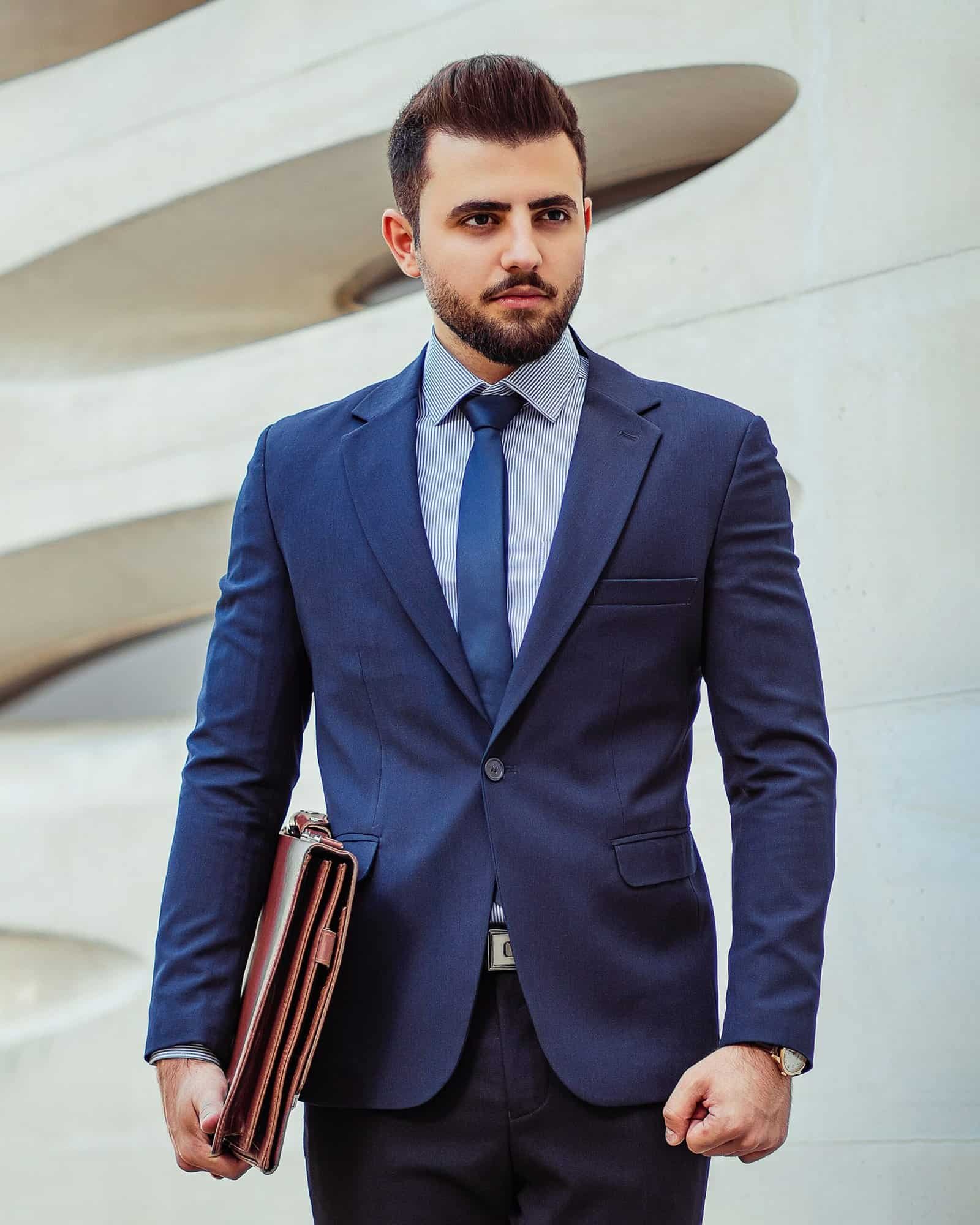
✅ Classic Notch Lapel
No peak lapels, shawl collars, or wild experimentation. Notch lapels are professional, conservative, and safe bets.
Best Colors for Interview Suits
| Color | Impression | Best For |
| Navy Blue | Trustworthy, dynamic | All industries |
| Charcoal Grey | Mature, serious | Law, Finance, government |
| Black | Formal, but too sharp | Avoid unless for creative roles or events |
| Light Grey/Tan | Approachable, modern | Summer interviews or startups |
🎯 Pro tip: Navy blue is your best friend. It’s flexible, looks good on every skin tone, and adapts from startup to corporate boardroom.
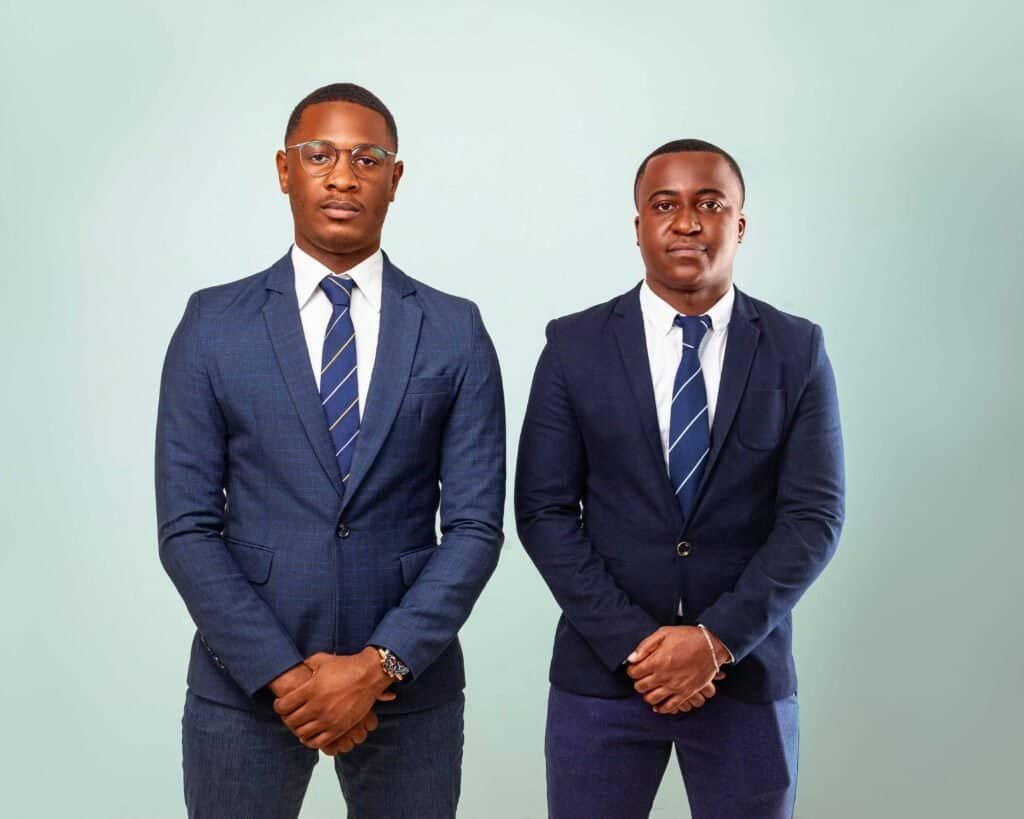
Fabric: Make It Breathe
- Wool or Wool-Blend: Versatile, breathable, year-round
- Avoid Polyester-heavy blends: They wrinkle and look cheap
- Summer Interview? Go for lightweight wool or tropical wool
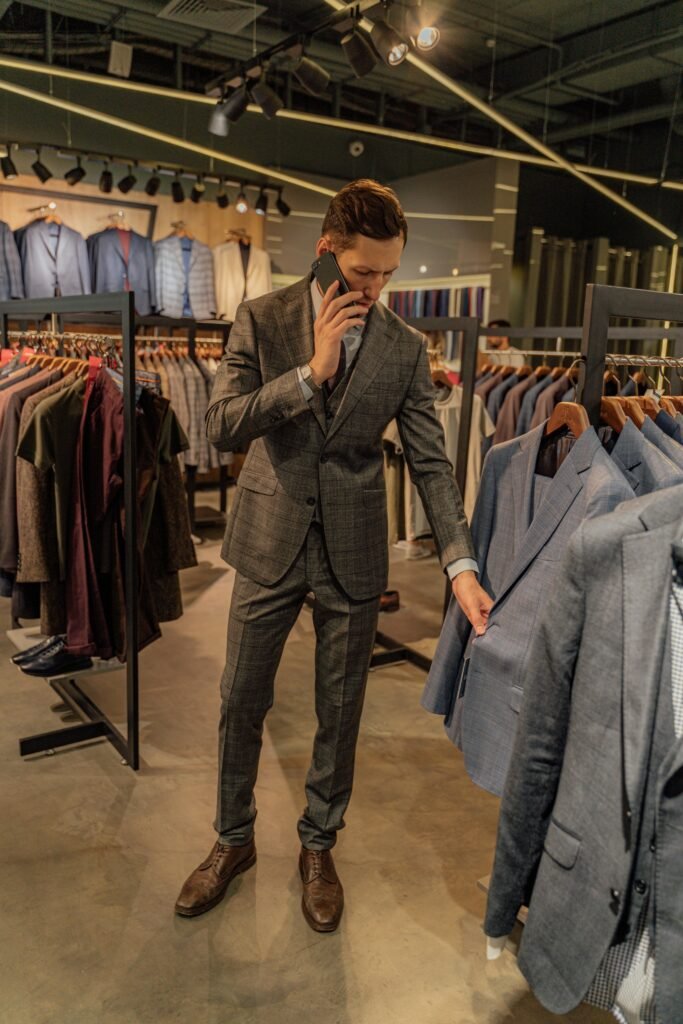
The Italian Influence (Subtle, Sophisticated)
As someone who deeply appreciates Italian tailoring, here’s a quick infusion of Italian style — without crossing into over-styling:
- Slightly shorter jacket length (but no cropped!)
- Soft-shouldered construction
- Earthy-toned pocket square (no shine, no puff)
This gives your suit a flair of personality — not pea-cocking, just polished.
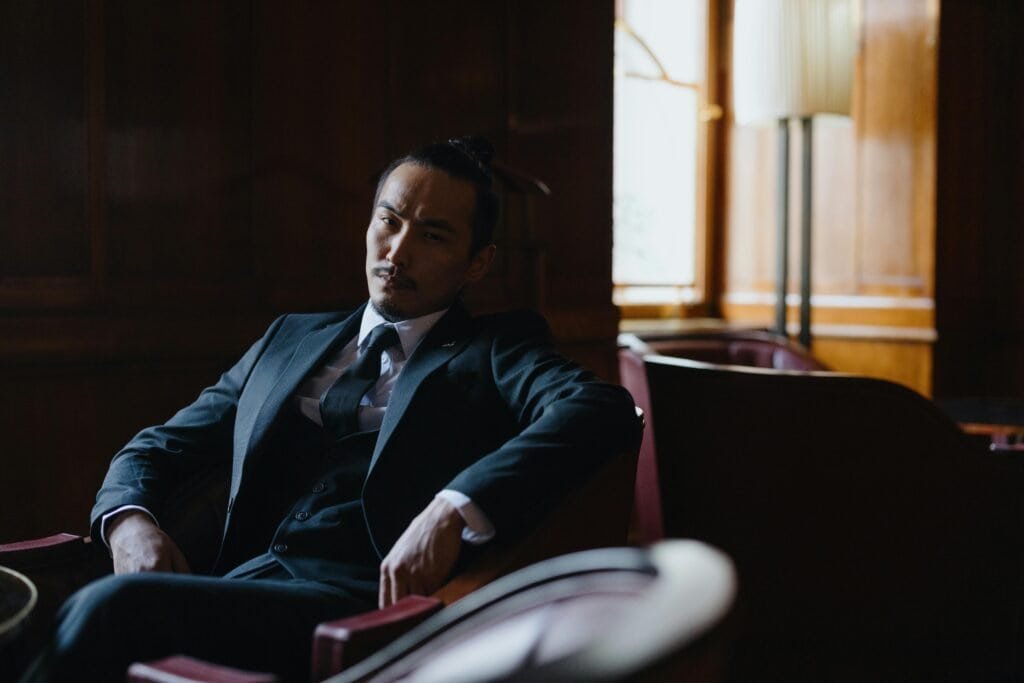
Shirt & Tie Game: Keep It Crisp
- Shirt: White or light blue. Plain. No loud checks or stripes.
- Tie: Solid or subtle pattern. Silk. Darker than the shirt.
- Knot: A clean half-Windsor gives structure and balance.
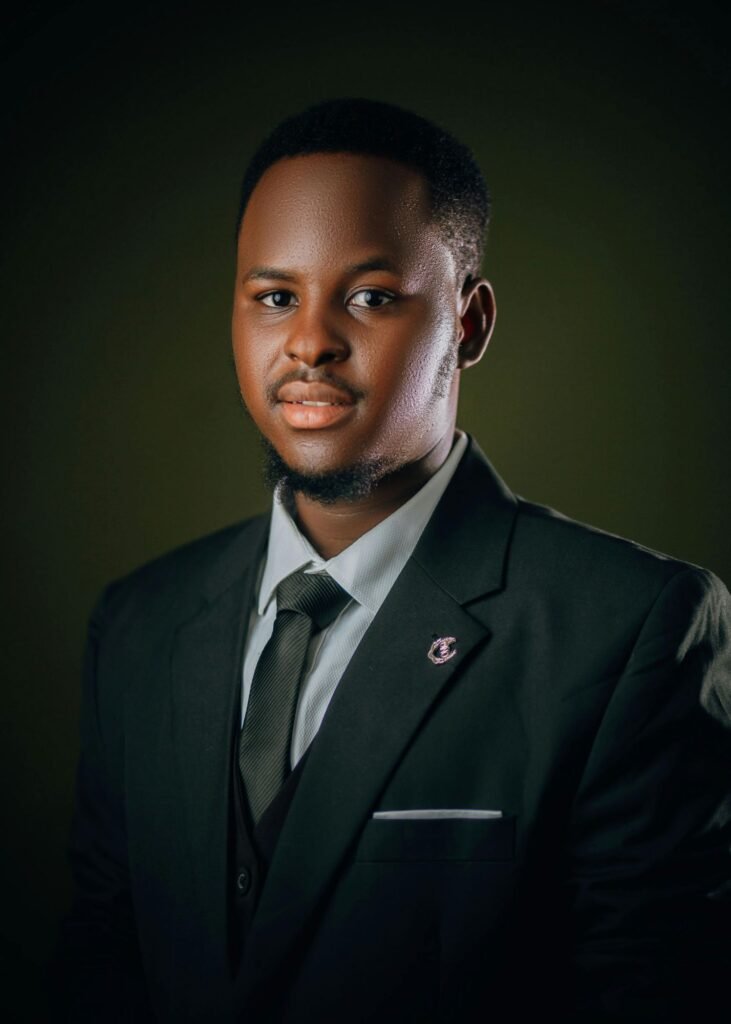
⚠️ Avoid skinny ties, novelty prints, and over-sized knots.
Accessories: The Rule of Restraint
| Item | Do | Don’t |
| Watch | Simple leather or metal band | Digital or flashy brands |
| Belt | Match with Shoes | Contrasting color |
| Shoes | Cap toe oxfords or derby | Loafers, sneakers, suede |
| Socks | Dark, subtle | White, novelty, ankle length |
Fit is King: Your Suit Should Talk, Not Scream
Whether you’re buying off-the-rack or custom, these are non-negotiable:
- No shoulder divots
- No fabric pulling around buttons
- Pants should break slightly above shoes
- Sleeves should show ¼ inch of shirt cuff
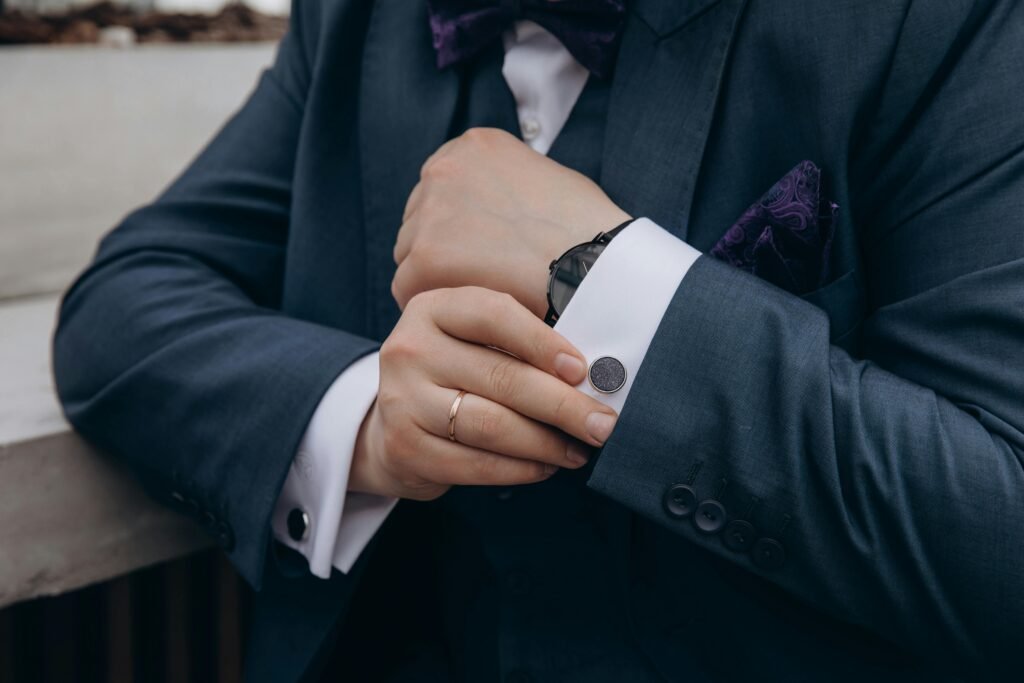
For Virtual Interviews: Waist Up Still Matters
If you’re on Zoom:
- Suit jacket still required
- Crisp shirt and tie
- Natural lighting and posture
Yes, they’ll notice.

Final Touch: Grooming and Posture
Your suit tells half the story. The rest comes from your:
- Clean grooming
- Confident posture
- Eye contact (even through a webcam)
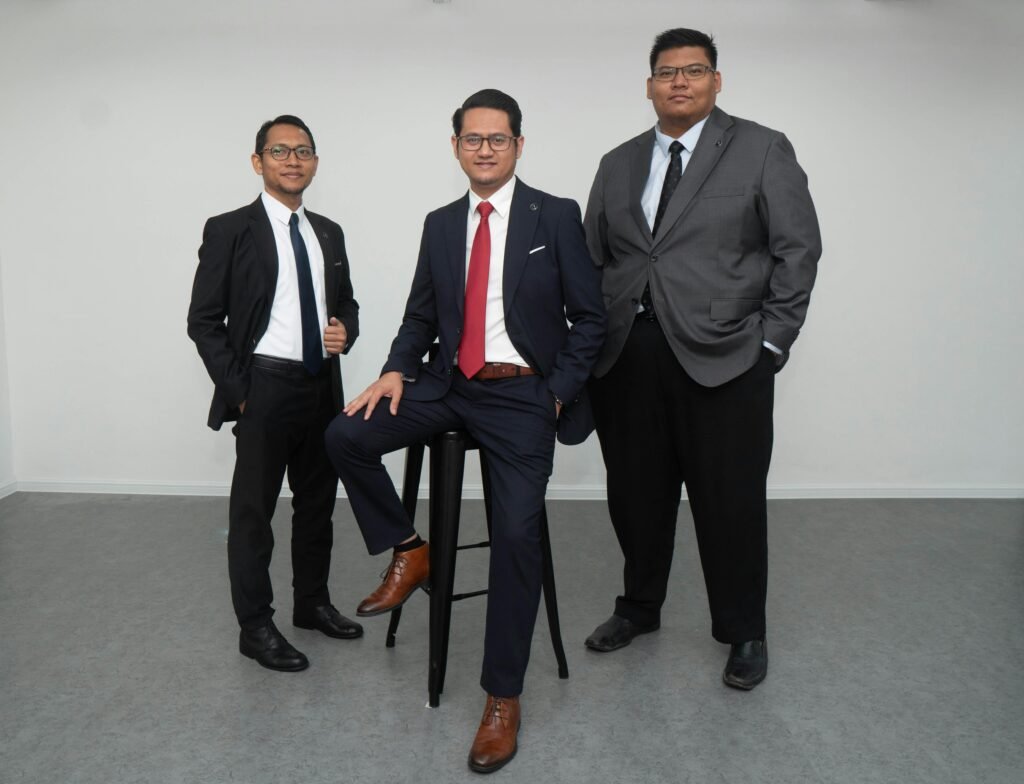
Conclusion: Invest in the Interview, Not Just the Suit
Wearing the right suit isn’t about looking rich — it’s about showing readiness, respecting the moment, and owning your space.
Whether you’re fresh out of university or pivoting in your mid-thirties, the best suit style is one that’s timeless, intentional, and unapologetically you.